The unexpected surge in support for Nigel Farage’s Reform UK in Scotland was one of the main talking points from the general election.
In seats across Scotland, including Dundee Central and two Fife constituencies, the party picked up more votes than the flailing Tories.
That was despite many of the party’s candidates having little to no profile, while others were embroiled in major scandals during the campaign.
Reform insiders in Tayside and Fife who spoke to The Courier are buoyed by the strong performance and reckon Holyrood seats are there for the taking in 2026.
Meanwhile, senior Tories from across the regions recognise the growing threat of Farage’s party and admit it needs to be countered to stave off disaster.
‘People are disillusioned’
St Andrews University student Matthew Wren, who stood in North East Fife, was one of Reform’s many candidates who beat the Tories.
He picked up 4.9% of the vote locally, while former Conservative MSP Bill Bowman managed just 3.9%.
In neighbouring Glenrothes and Mid Fife, Reform candidate Ian Smith was backed by 9.8% of voters – nearly twice as many as the Tories.
“People are more disillusioned with the Conservatives, and that led them to turn to Reform,” Mr Wren says.
He reckons many residents in the area tactically backed the Lib Dems, who won comfortably, to keep out the SNP.
“If people were convinced they didn’t need to vote tactically, the Reform vote could be higher,” Mr Wren says.
Many were baffled by the extent of Reform’s success considering lots of the party’s candidates were almost entirely unknown and did little campaigning.
But Mr Wren says he was out in North East Fife canvassing voters regularly – and claims Mr Farage had a strong social media presence.
‘Not a one-off’
Reform has often been seen as a very direct threat to the Tories.
But Perth and Kinross-shire candidate Helen McDade says the party managed to peel away voters from various other parties.
“It is a mistake to think everybody who supports Reform was a Tory voter,” she says.
Ms McDade is confident Reform can win a seat in every Holyrood region at the next Scottish Parliament election.
They could benefit from the proportional list system, which lets voters back who they want instead of only having to vote tactically.
Reform may be a million miles away from the Scottish Greens when it comes to policies.
But their approach to gaining MSPs at Holyrood via the regional list is of interest to Mr Farage’s party.
“The Greens have worked that system, and credit to them,” says Ms McDade.
She adds: “We’re expecting to do well. It’s not something that was a one-off.”
The party has not yet committed to standing in every Holyrood constituency – but preparation for the 2026 campaign is underway.
Tory concerns
All of that is greatly worrying to the Scottish Tories, who were already struggling before having to compete against another right-wing rival.
The party managed to pick up just 12% of the vote, their worst ever performance in Scotland at a Westminster election.
North East MSP Maurice Golden warned a similar result in May 2026 would be “cataclysmic”.
He says: “Reform managed to poll a high number of votes given they had no campaign on the ground here. That’s an obvious concern.”
Former Tory MSP Mr Bowman, who was beaten out by Mr Wren in North East Fife, says: “That was a surprise.”
Did any senior Conservatives at all see Reform’s strong performance coming, or was it a complete surprise to them as well?
“From knocking on hundreds of doors across Angus and Perthshire, we weren’t getting people identifying as Reform,” Mr Golden says. “We didn’t pick that up.”
“People felt the Conservatives weren’t going to deliver for them, and they opted for what I would suggest was a protest vote.”
But Mid Scotland and Fife MSP Liz Smith wasn’t too shocked by Reform’s vote.
“We were coming across Reform voters, particularly later on in the campaign,” she says.
“I wasn’t surprised.”
She added: “I think it’s a mixture of things. We were obviously not popular.
“People thought it was time that the Tories lost. There was a bit of a protest vote.
“We’ve got to understand why we’re not getting that vote, and why we’re not appealing to the public.”

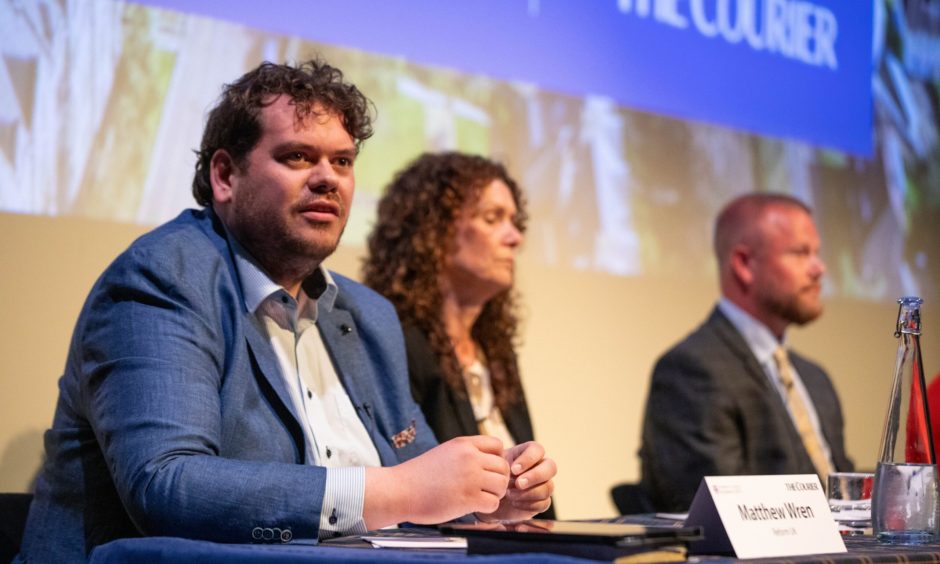
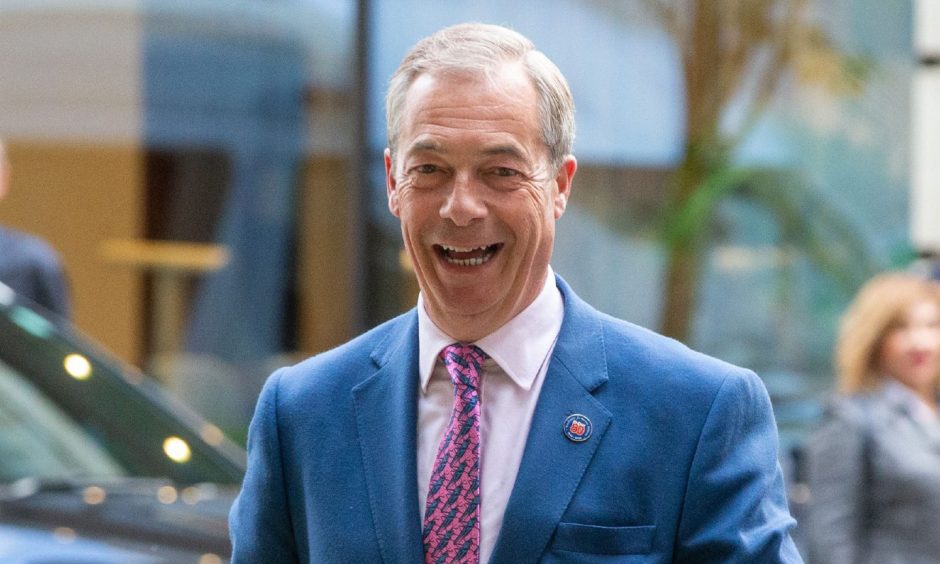
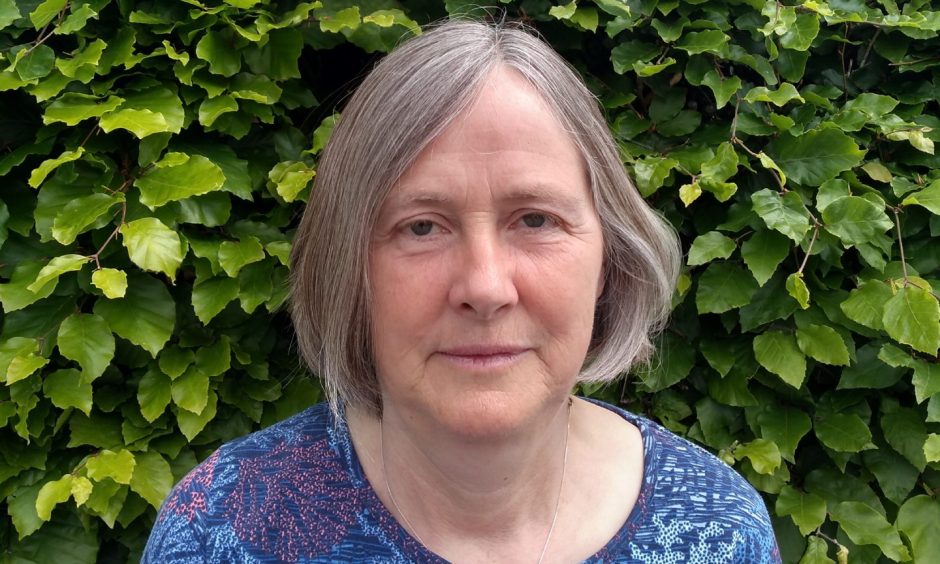
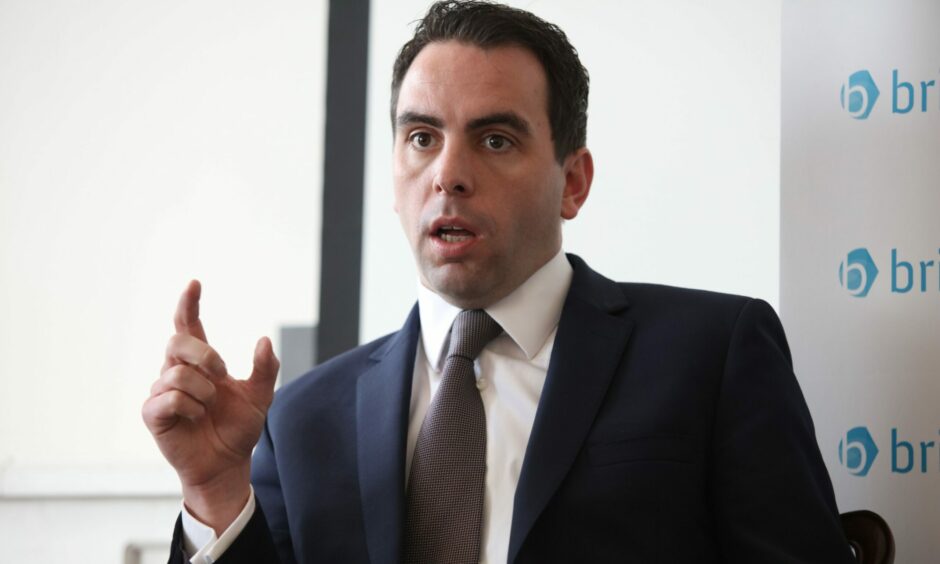
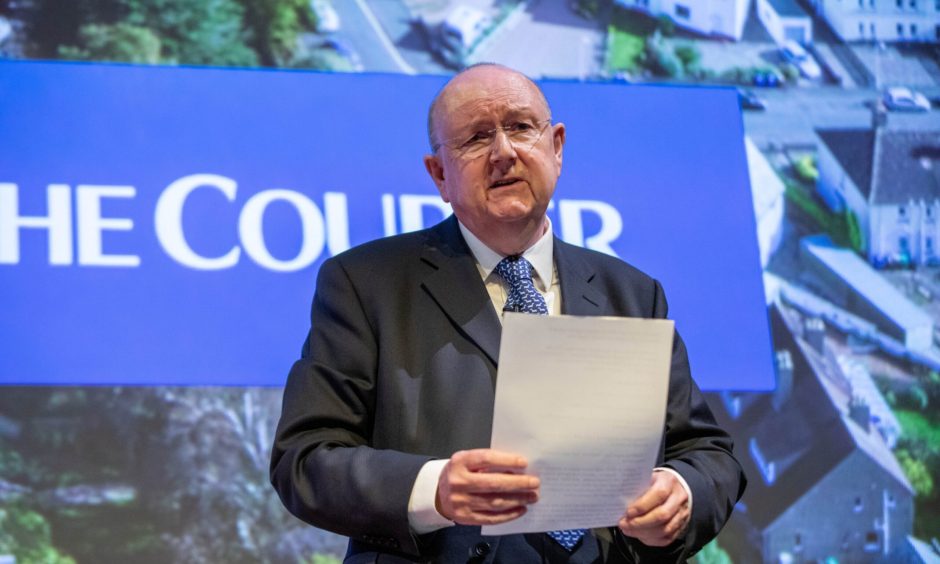
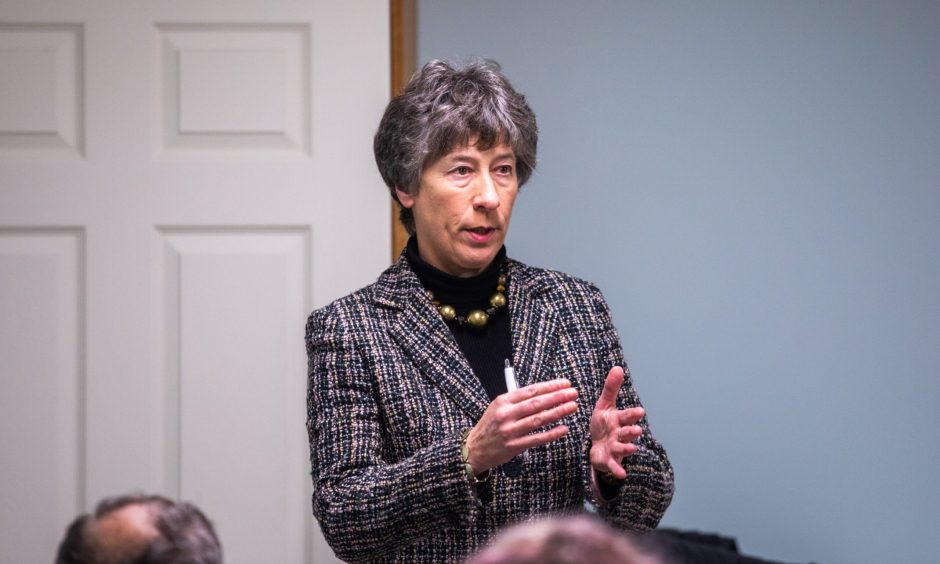
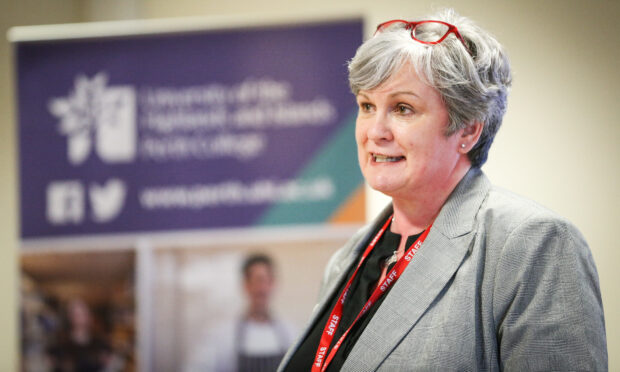
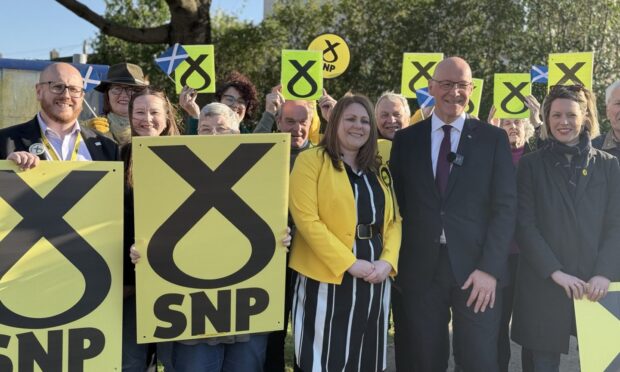
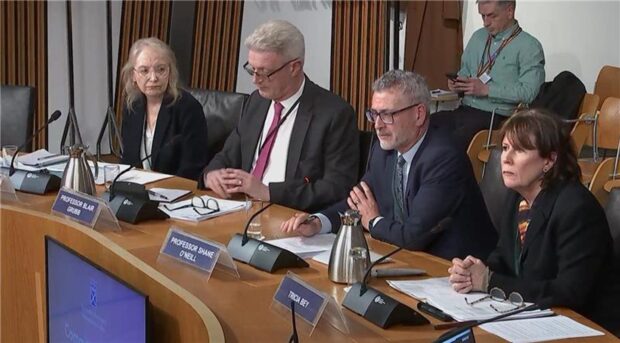
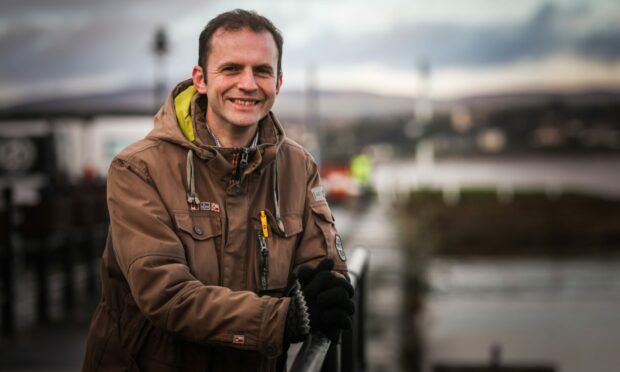
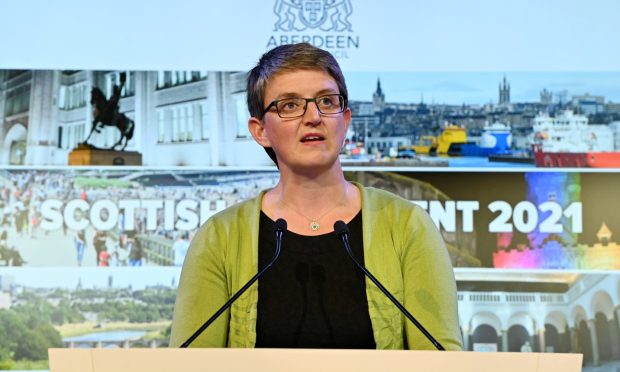
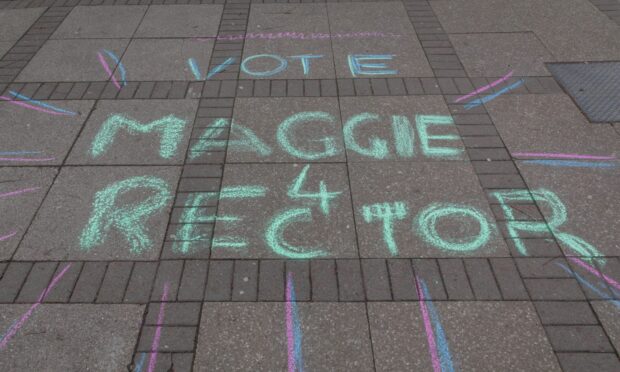

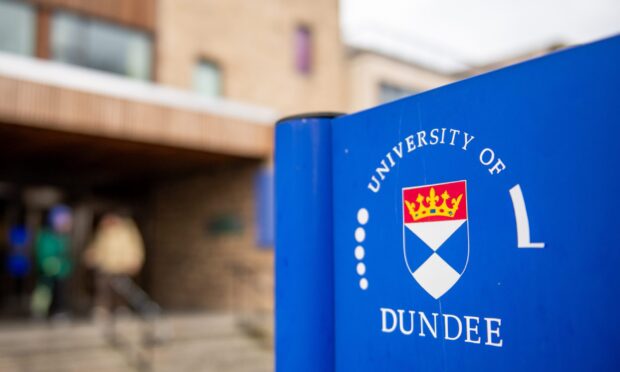
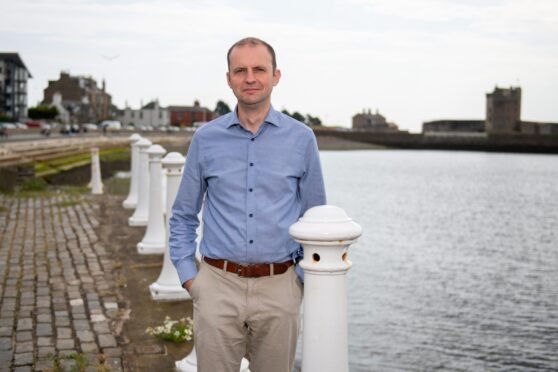
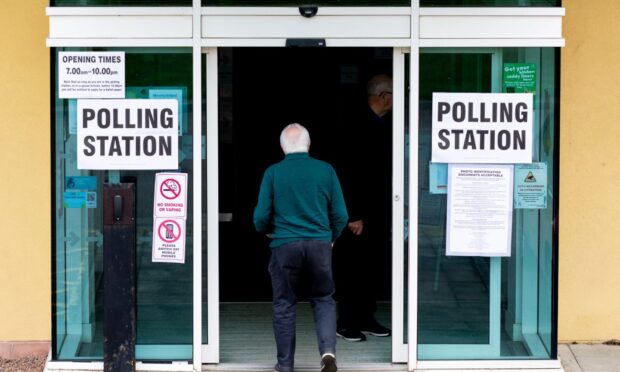
Conversation